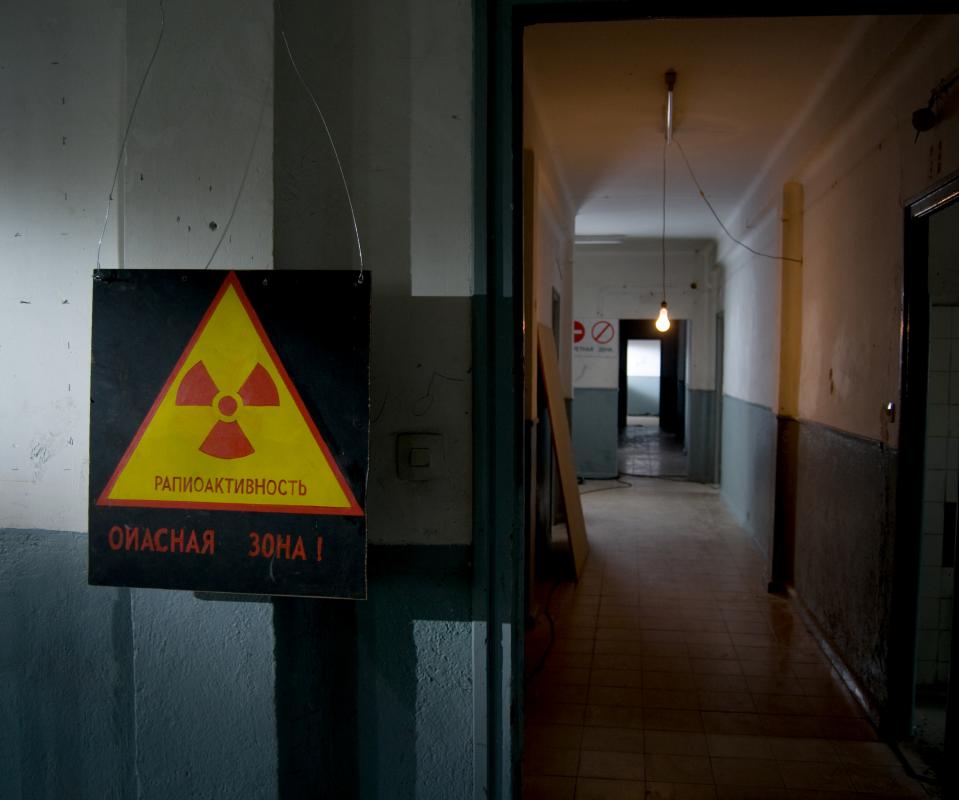At HomeQuestionsAnswered, we're committed to delivering accurate, trustworthy information. Our expert-authored content is rigorously fact-checked and sourced from credible authorities. Discover how we uphold the highest standards in providing you with reliable knowledge.
What Is a Radon Detector?
A radon detector is a device used to detect the presence and amount of radon gas. A radon detector can be used in a private home, institution or place of business. The detector is designed to test the air inside a building and provide a readout of radon levels.
Radon is a radioactive gas that is released from the decay of uranium in rock, soil and water. It is invisible, tasteless and odorless. It is found in varying concentrations all over the world. Some places have higher levels of radon than others, which makes a radon detector a smart safety precaution for everyone.

Radon gas is extremely hazardous to human heath. The environmental protection agency (EPA) estimates that thousands of deaths are caused by radon gas each year. Radon gas is a carcinogenic. Repeated exposure and inhalation of radon gas over time is known to cause lung cancer. Radon gas is only second to cigarette smoking in causing lung cancer. The use of a radon detector helps to reduce this risk.

Although no levels of radon gas are considered safe, it is a fact of life that radon is found everywhere in the environment. The outside air that we breathe contains approximately 0.4 pCi/L (picoCuries per liter of air). Because buildings are enclosed, radon gas can build up inside to dangerous levels, 4pCi/L or above. A detector is an inexpensive and easy way to ensure that the air in your home or business is below this level.

There are two methods of testing for radon gas using a radon detector: a short term detector and a long term detector. A short term test can use a number of different detectors. Some of these detectors are called charcoal canisters, continuous monitors, and charcoal liquid scintillation. A short term detector is placed on a low level of a building for 2-90 days. After the specified time period, the detector is packaged and sent to a lab for analysis of the radon level.

Long term radon detectors include the alpha track and electret ion chamber, which are left in the home for longer than 90 days. If you are going to test your home, it is recommended that you begin with a short term detector to rule out immediate danger, then follow up with a long term test. Since radon levels change with the seasons, this course of action is the best way to test and ensure safe levels throughout the year.

A building found to have high levels of radon gas can be corrected. Radon reduction systems are very effective. These can be installed by professionals who are trained in radon gas reduction. It is not advisable to install them yourself. You can, however, prevent the likelihood of radon gas entering your home by ensuring that your foundation is solid and free of cracks and that any other problems with basements or first level floors are corrected.
AS FEATURED ON:
AS FEATURED ON:















Discussion Comments
No. Mankind has been around for a long time with continuous background radiation levels. Domestic and work settings carry negligible risk.
i have had one of these put in my office. should i be worried?
Post your comments